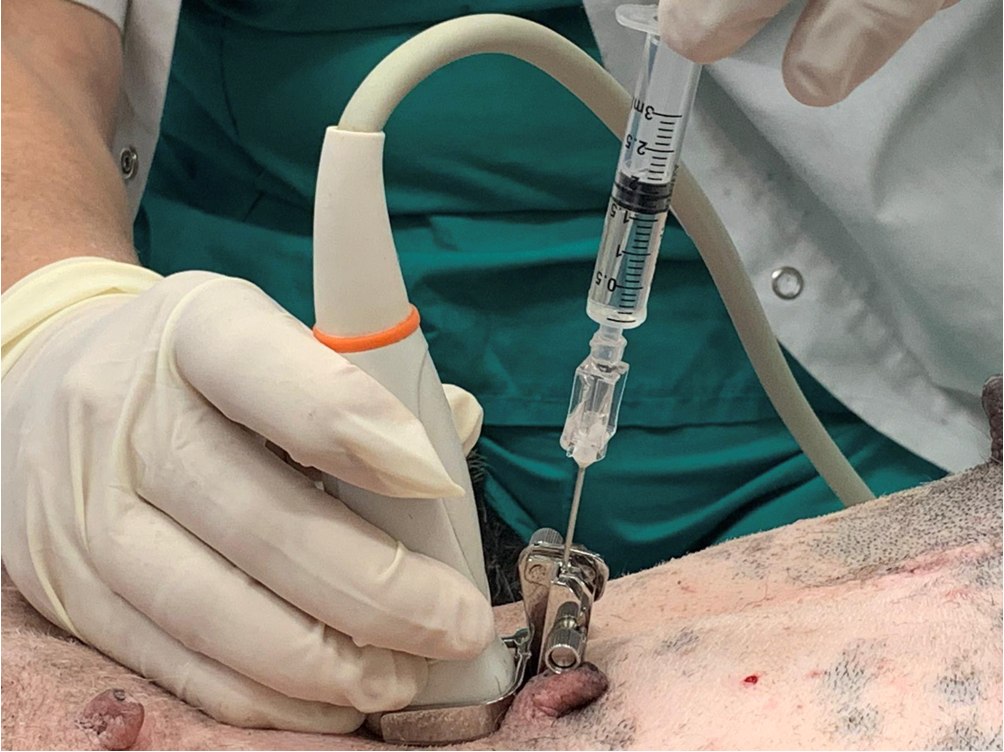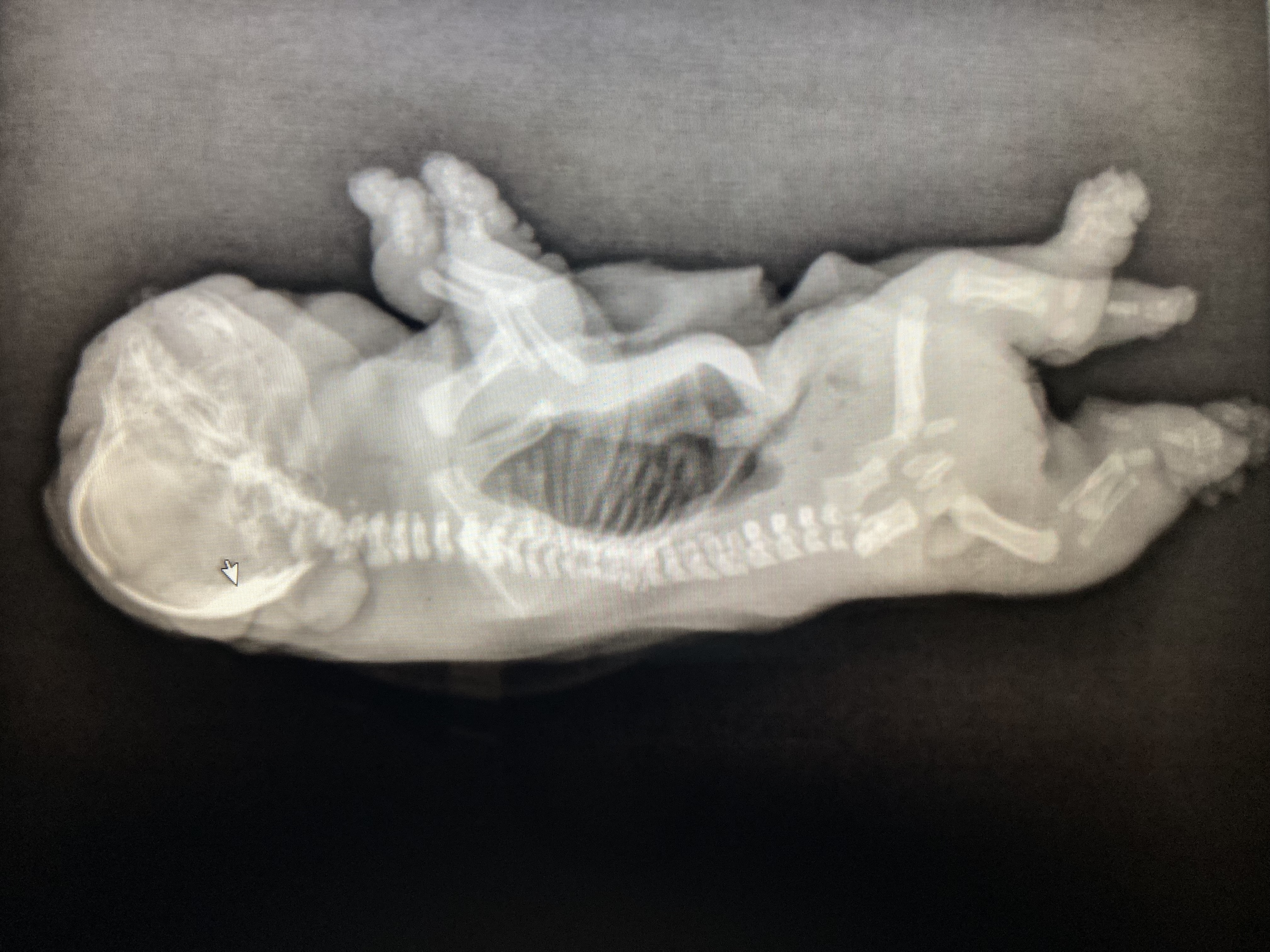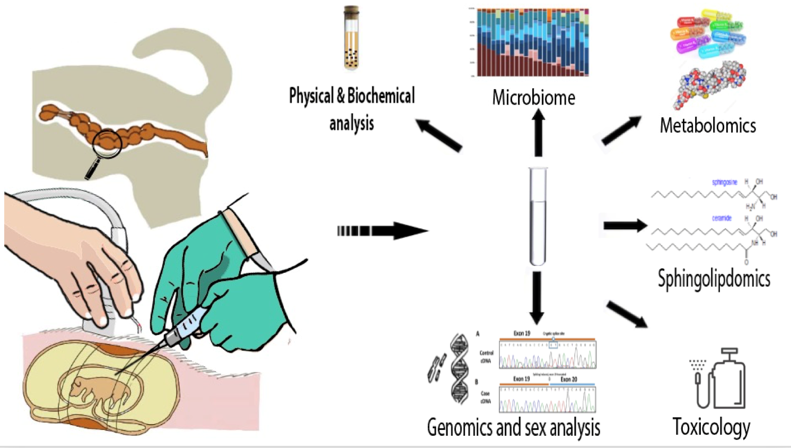About the Laboratory
The Life Sciences Laboratory is a workspace for researchers who focus on the field of life sciences.
Intestinal Parasite Research Laboratory
The scope of our research laboratory is intestinal parasites with emphasis on zoonotic diseases (diseases that are transmitted from animals to humans). The laboratory is equipped with biohazard hood and digitalized microscopic imaging. We are using Molecular Biology techniques to monitor and identify parasites in Israel.
Research on Reproduction of Domestic and Wild Animals
The study of domestic animals focuses on pregnancy, periparturient, and the post-natal period. Specifically for the female dog and her offsprings these are sensitive periods. The studies combine investigation of gestation and peripartum periods, as well as study of newborn domestic animals. Specifically, the research focuses on different aspects of pregnancy and amniotic fluid in female dogs and on understanding and treating fading puppy syndrome (FPS). This is a common syndrome among dogs, which leads to a high death rate in affected litters.
Research is also being conducted in the laboratory on the reproductive systems and fertility of different wild animals in the Hula Agamon area. A study of lutra lutra concentrates on rehabilitation of the population in Hula Agamon as a model. Research has also been conducted on the Egyptian fruit bat (Rousettus aegyptiacus), with the purpose of promoting conservation of an endangered bat species using assisted reproduction techniques (ART). Prevention of fertility in invasive species is also a topic of research, with emphasis on invasive species in and around the Agamon.







